Pests and diseases in agriculture refer to organisms or pathogens that can cause harm or damage to crops. These can include insects, weeds, fungi, bacteria, viruses, and other microorganisms. Managing pests and diseases in crops is essential for maintaining healthy and productive agricultural systems.
The importance of managing pests and diseases in crops cannot be overstated. Pests and diseases can significantly reduce crop yield and quality, leading to economic losses for farmers. They can also impact food security by reducing the availability of nutritious food. Additionally, pests and diseases can have environmental consequences, as the use of pesticides to control them can have negative effects on ecosystems.
Common Pests and Diseases in Crops
There are numerous pests and diseases that can affect different types of crops. Some common examples include:
– Aphids: These small insects feed on the sap of plants, causing stunted growth and distorted leaves. They can transmit viruses to crops, further compromising their health.
– Powdery mildew: This fungal disease appears as a white powdery coating on leaves, stems, and fruits. It can reduce photosynthesis and lead to premature leaf drop.
– Tomato hornworm: This large green caterpillar feeds on tomato plants, causing defoliation and fruit damage.
– Fusarium wilt: This soil-borne fungal disease affects a wide range of crops, including tomatoes, cucumbers, and melons. It causes wilting, yellowing of leaves, and eventual plant death.
– Late blight: This devastating disease affects potatoes and tomatoes. It causes dark lesions on leaves, stems, and fruits, leading to rotting.
Identifying the symptoms and signs of pests and diseases is crucial for effective management. Symptoms can include wilting, yellowing or browning of leaves, stunted growth, distorted fruits or vegetables, lesions or spots on leaves or stems, and the presence of insects or pests on plants.
The Impact of Pests and Diseases on Crop Yield and Quality
Pests and diseases can have a significant impact on crop yield and quality. They can reduce the overall productivity of crops by causing stunted growth, premature leaf drop, and even plant death. This directly affects the quantity of crops that can be harvested.
In addition to reducing yield, pests and diseases can also affect the quality of crops. For example, fungal diseases can cause rotting or discoloration of fruits and vegetables, making them unsuitable for consumption or sale. Insects can also damage crops, leaving behind physical blemishes or contaminating them with their waste.
The economic losses due to pests and diseases in agriculture are substantial. Farmers may lose a significant portion of their income if their crops are affected by pests and diseases. Additionally, the cost of managing pests and diseases, such as purchasing pesticides or implementing control measures, can be a financial burden for farmers.
Methods of Preventing and Controlling Pests and Diseases
Preventing and controlling pests and diseases in crops requires a multi-faceted approach. Cultural practices play a crucial role in preventing the occurrence and spread of pests and diseases. These practices include crop rotation, proper sanitation, use of disease-resistant varieties, and maintaining healthy soil conditions.
Chemical methods of pest and disease control involve the use of pesticides. These can be synthetic chemicals or naturally derived substances that are toxic to pests and diseases. Non-chemical methods include physical barriers, such as nets or fences, as well as biological control methods that utilize natural enemies of pests.
Integrated Pest Management (IPM) Strategies for Sustainable Agriculture
Integrated Pest Management (IPM) is an approach to pest management that aims to minimize the use of pesticides while effectively controlling pests and diseases. It is based on the principles of ecological balance, economic viability, and social acceptability.
The components of IPM include monitoring and scouting for pests, using cultural practices to prevent pest and disease outbreaks, implementing biological control methods, and using pesticides as a last resort. IPM emphasizes the use of multiple strategies in combination to achieve long-term pest management.
Natural and Chemical Pesticides for Pest Control

Pesticides are substances used to control pests and diseases. They can be classified into two main categories: natural and chemical pesticides.
Natural pesticides are derived from natural sources, such as plants, animals, or minerals. Examples include neem oil, pyrethrin, and Bacillus thuringiensis (Bt). These pesticides are often considered safer for the environment and human health compared to chemical pesticides. However, they may still have some negative impacts on non-target organisms and should be used judiciously.
Chemical pesticides are synthetic substances that are specifically designed to kill or control pests and diseases. They can be highly effective in managing pests but may also have negative impacts on the environment and human health if not used properly. It is important to follow label instructions and use chemical pesticides responsibly.
Biological Control Methods for Pest Management
Biological control is a method of pest management that utilizes natural enemies of pests to control their populations. This can include predators, parasites, or pathogens that specifically target pests or diseases.
Examples of biological control agents include ladybugs, lacewings, parasitic wasps, nematodes, and fungi. These organisms can be introduced into agricultural systems or encouraged to naturally occur in the environment. Biological control methods are often considered more sustainable and environmentally friendly compared to chemical pesticides.
Understanding the Biology and Life Cycle of Pests and Diseases
Understanding the biology and life cycle of pests and diseases is crucial for effective management. By understanding how pests reproduce, feed, and interact with their environment, farmers can implement targeted control measures at the most vulnerable stages of their life cycle.
For example, some pests may have specific host plants or require certain environmental conditions to thrive. By manipulating these factors, farmers can disrupt the life cycle of pests and reduce their populations. Similarly, understanding the life cycle of diseases can help farmers implement control measures at the most effective times.
Climate Change and its Effect on Pests and Diseases
Climate change can have significant effects on pest and disease incidence and distribution. Changes in temperature, precipitation patterns, and extreme weather events can create more favorable conditions for pests and diseases to thrive.
For example, warmer temperatures can lead to increased pest populations and longer growing seasons for diseases. Changes in rainfall patterns can also affect the availability of water for pests and diseases, influencing their abundance and distribution.
To adapt to climate change in pest and disease management, farmers may need to adjust their practices. This can include implementing new control measures, using different crop varieties that are more resistant to pests and diseases, or altering planting schedules to avoid peak pest or disease activity.
The Importance of Early Detection and Diagnosis of Pests and Diseases
Early detection and diagnosis of pests and diseases are crucial for effective management. By identifying pests or diseases early on, farmers can implement control measures before significant damage occurs.
Methods of early detection and diagnosis in agriculture include regular scouting or monitoring of crops, visual inspection for symptoms or signs of pests or diseases, and the use of diagnostic tools such as field tests or laboratory analysis.
In conclusion, pests and diseases are major challenges in agriculture that require effective management strategies for sustainable crop production. Understanding the biology and life cycle of pests and diseases, early detection and diagnosis, and the use of integrated pest management strategies are crucial in preventing and controlling pests and diseases in crops. By implementing these strategies, farmers can minimize the impact of pests and diseases on crop yield and quality while minimizing the use of pesticides.
If you’re interested in learning more about pests and diseases that can affect your plants, check out this informative article on sun-loving succulents and their ability to handle full sun exposure. It provides valuable insights into how these plants can thrive in sunny conditions and offers tips on protecting them from potential damage. Understanding the specific needs of your succulents is crucial for their overall health and growth, so be sure to give this article a read!
FAQs
What are pests and diseases?
Pests are organisms that cause damage to crops, livestock, and other resources, while diseases are caused by microorganisms that affect the health of plants and animals.
What are the common types of pests?
Common types of pests include insects, rodents, birds, and other animals that can cause damage to crops, livestock, and other resources.
What are the common types of diseases?
Common types of diseases include bacterial, viral, and fungal infections that affect the health of plants and animals.
How do pests and diseases affect agriculture?
Pests and diseases can cause significant damage to crops and livestock, leading to reduced yields, lower quality products, and economic losses for farmers and producers.
What are some ways to prevent and control pests and diseases?
Preventive measures include maintaining good hygiene, using pest-resistant crops, and implementing integrated pest management strategies. Control measures include the use of pesticides, biological control agents, and other methods to manage pest and disease populations.
What are the environmental impacts of using pesticides?
The use of pesticides can have negative environmental impacts, including the contamination of soil and water resources, harm to non-target organisms, and the development of pesticide-resistant pests and diseases.
What are some alternative methods for pest and disease control?
Alternative methods for pest and disease control include the use of biological control agents, such as predators and parasites, as well as cultural practices, such as crop rotation and intercropping.








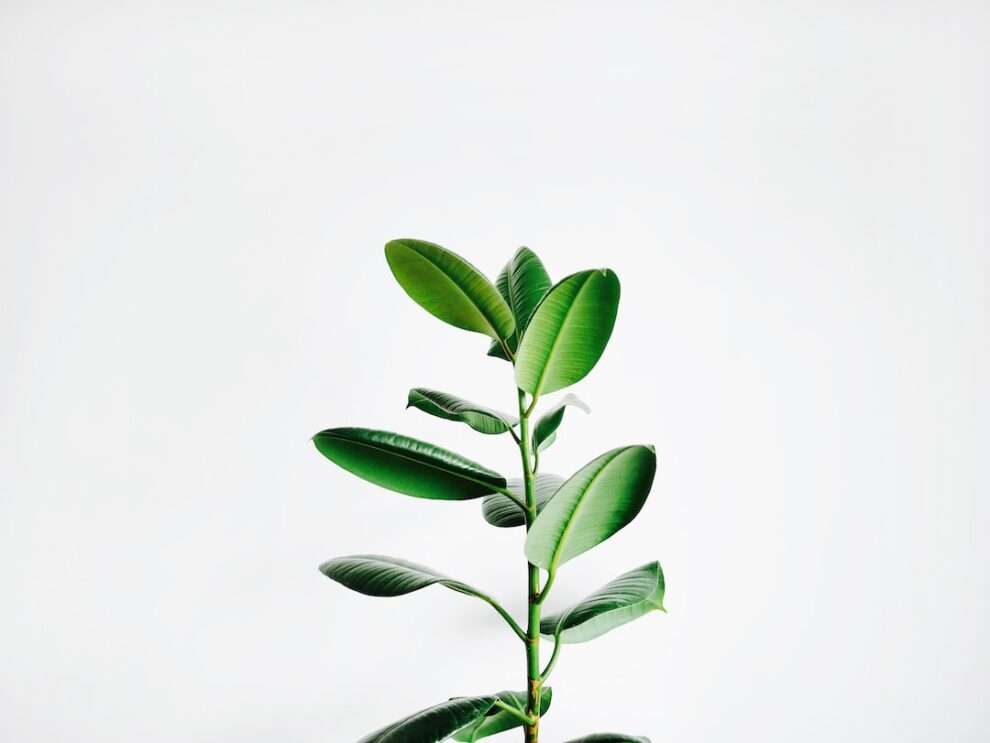

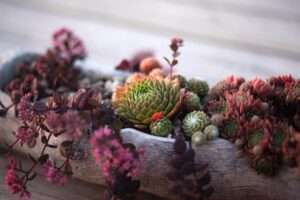
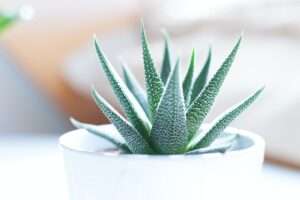



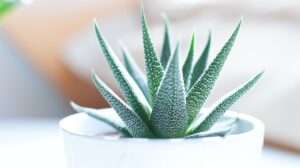
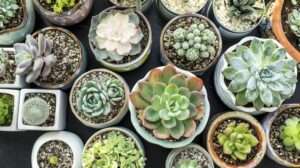
Add Comment